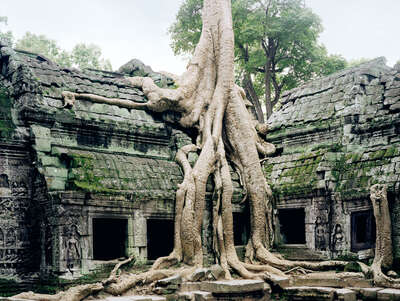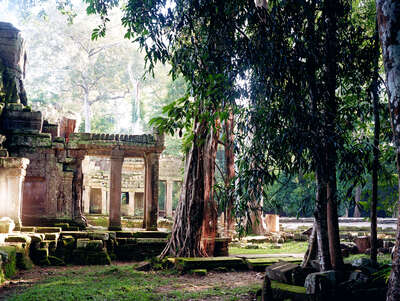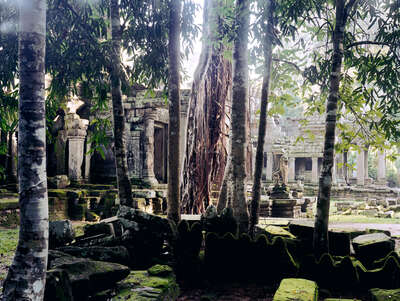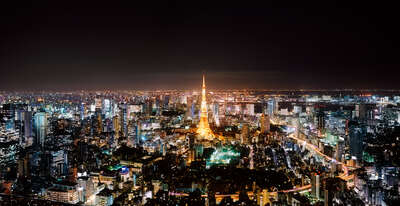

- Exclusive offers
- Inspiring new releases
- Personal invitations to Art Events

Henning Bock offers us a singular view over the most pulsating and glitziest cities of the world, from Rio de Janeiro and Rome to Paris and New York. Captured from a bird’s-eye view, the structures… Read more
Intro Bio
























































| 1965 | Born in Hattingen |
| 1989-1995 | Studied Photo Design at Dortmund College |
| 1995-1997 | Studied at the School of Visual Arts in New York |
| 1997-2000 | Worked as a photographer in New York |
| since 2000 | Lives and works in Hamburg |
| 1991 | KodakYoung Talent Prize |
| 1993 | Hasselblad Award |
| 1994 | DAAD Fellowship |
| 1995 | Fulbright Fellowship |
| 2001 | ADC Award New York, USA |
| 2003 | ADC Bronze Germany |
Visit LUMAS USA!
Delivery to your country is not possible from this site.
If you would like to place an order, please visit LUMAS USA.